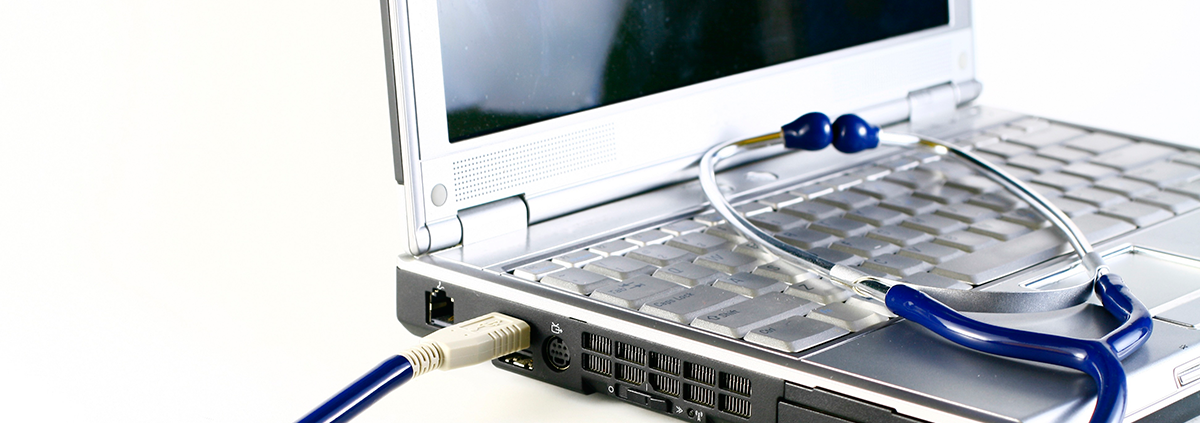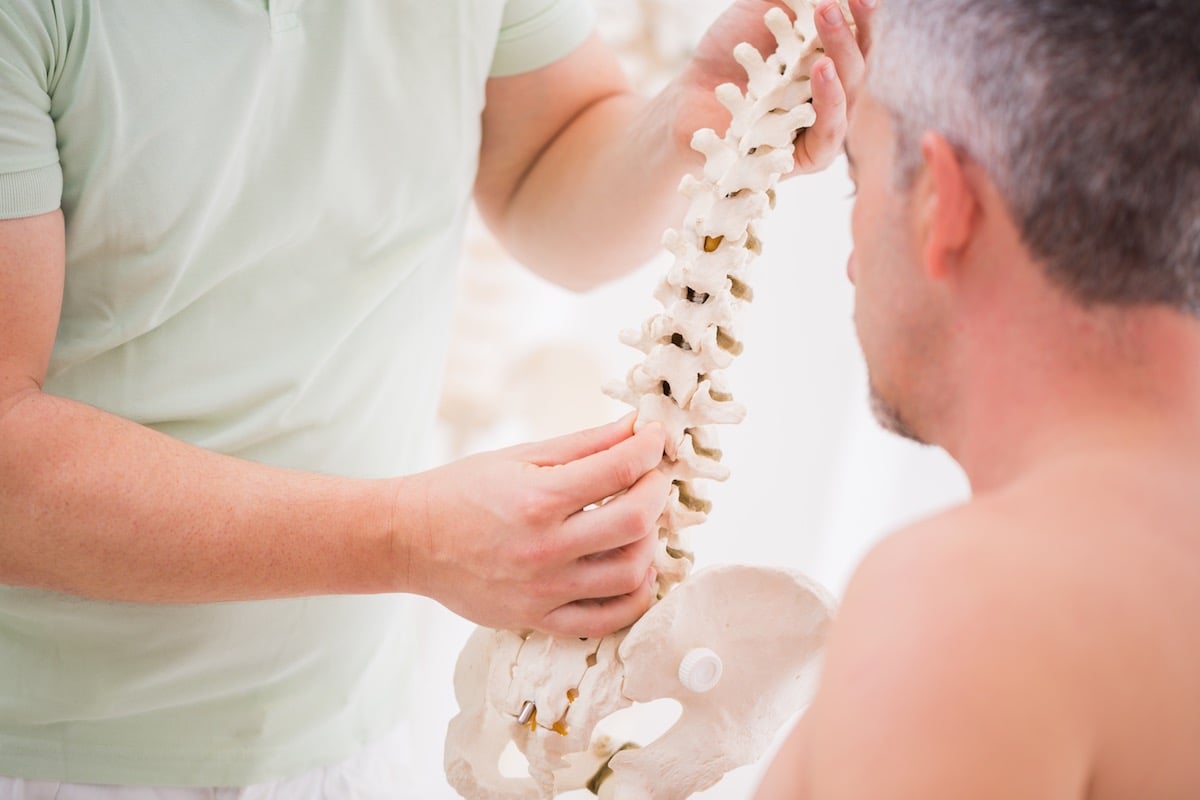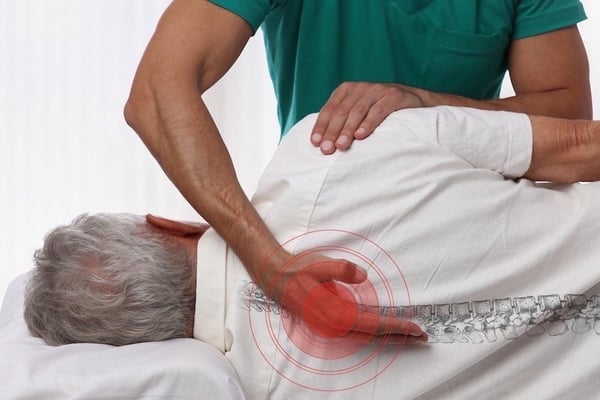Chiropractic care is a fantastic practice that can reap many benefits for many people.
Most people know it for its benefits when it comes to back and neck pain.
While chiropractic care can work wonders for your back and neck pain, that is certainly not all it's capable of.
Chiropractic care can also help with your headaches, gastrointestinal issues, fertility issues, menstrual discomfort, or ear infections.
It can also help provide pain relief for chemotherapy and cancer patients and can aid in the prevention of joint dysfunction.
There are many other ailments that I'm sure you're also curious about.
One question that is asked a lot is if chiropractic care can cure your scoliosis.
The quick answer is yes and no. Chiropractic care won't cure your scoliosis, but it will help.
Let's take a deeper dive into this question to see how chiropractic care can benefit people with scoliosis.
What Is Scoliosis?
People with scoliosis have an abnormal curvature of the spine.
The human spine is designed with three curves, creating an "S" shape from the side of the body.
Someone with scoliosis will have a lateral curve greater than 10 degrees, which often results in an "S" or "C" curve from the front or rear of the body.
Most scoliosis cases have no known cause.
The unnatural curve isn't always detectable by the naked eye, but people with scoliosis typically have uneven shoulders, waist, or hips.
They typically also have a rib hump or prominence of the lower back on the side with the curvature.
There are several types of scoliosis seen in adults:
- Idiopathic Curve: This is the most common type of scoliosis, and there is no apparent cause of the spinal curve.
- Congenital Curve: Congenital curves are present at childbirth. These are rare and typically diagnosed in childhood.
- Paralytic Curve: These often result from spinal cord injuries. In a paralytic curve, the muscles around the spine do not work. This causes the abnormal curve.
- Myopathic Deformity: Like a paralytic curve, the muscles don't work properly. These curvatures are caused by conditions such as muscular dystrophy, cerebral palsy or polio.
- Secondary: Spinal conditions that affect the vertebrae, such as degeneration, osteoporosis, and osteomalacia, can cause scoliosis. This is referred to as “secondary” scoliosis.
To have scoliosis, you need to have an abnormal curvature greater than 10 degrees.
Curves within the 20 to 40-degree range are considered moderate forms of scoliosis.
Moderate forms need to be monitored and therapies, such as chiropractic care and supportive bracing, are used to increase function and diminish degeneration over time.
You Have Scoliosis, Should You See A Chiropractor?
If you've been diagnosed with scoliosis, you should see a chiropractor. Your chiropractor will prove to be an excellent member of your support team.
As an expert in the musculoskeletal system, your chiropractor will offer invaluable insight and treatment options.
If done correctly, chiropractic care can also help stop further degeneration of the spine.
If you have scoliosis, you probably experience other spinal issues due to your abnormal curvature. Chiropractic care can help with all of them.
Setting Expectations
When you visit your chiropractor or any doctor for that matter, you need to keep in mind that while scoliosis is treatable, it's not really "curable."
You shouldn't go into your visits with your chiropractor expecting him to cure you of your scoliosis, because that won't happen.
Instead of thinking about a short-term fix, you need to think about long-term treatment.
However, as long as you stay dedicated to the plan you develop with your chiropractor, you can drastically improve the quality of your life.
Be sure to avoid all approaches that promise a quick fix because they rarely deliver any meaningful results.
Many of these approaches can even worsen your situation. That's why it's critical to switch to long-term thinking.
How Can a Chiropractor Help With My Scoliosis?
Your chiropractor will help to improve the form and function of your spine and induce mobility into the joints.
These improvements will decrease pain, increase comfort and improve your posture.
Your chiropractor will also address other symptoms or issues you may be experiencing to help prevent further degradation of the spine.
If you were diagnosed with scoliosis as a child, you might have brought all of the discomfort and insecurities that came with it into adulthood.
An unsung benefit of seeing a chiropractor is that the improvements in your pain and posture could help you feel less self-conscious and better about their overall appearance.
What If I Have A Harrington Rod?
A Harrington rod is a stainless steel surgical device that's implanted along the spinal column to treat scoliosis.
If you have a Harrington rod, you can still pursue chiropractic care.
Your chiropractor will utilize different techniques for adjusting your spine to adjust for your Harrington rod.
A method called the Activator method uses a small tool that allows your chiropractor to minimize the force he applies is often used on patients with Harrington rods.
The alternative adjustments will achieve the same benefits as the traditional adjustments.
Just be sure to mention to your chiropractor that you have the rod, to be sure he is prepared and capable of working with it.
Scoliosis Will Be Treated Differently
In general, people with scoliosis will be treated differently than patients without it.
With scoliosis, joint mobility isn't your primary issue. Instead, it's the location of the joints that are off.
If your chiropractor doesn't treat you with your scoliosis in mind, the traditional approach can worsen your condition over time.
First and foremost, your chiropractor needs to reposition the joints of your spine. More needs to happen alongside the repositioning for long-term benefit to occur.
Your muscles need to be relaxed, and your brain needs to be retrained to use the muscles and spinal joints differently than it's accustomed to.
To achieve this, scoliosis massages, stretches and exercises are included along with scoliosis-specific adjustments.
Be sure to discuss all of these things with your chiropractor.
What Will Happen During The First Visit?
Because your treatments will be different with scoliosis, your first visit will be a little different as well.
First, your chiropractor will look to see how rigid your spine is. This will give them an indication of how much upfront work needs to happen before repositioning begins.
Next, your sensorimotor integration will be assessed. SMI is a fancy name for how well your brain can communicate with your body.
This assessment involves a series of balance related tests to see how well things are aligned from the outset.
These tests will be repeated to chart your improvement over time.
This is a major aspect most traditional chiropractors will overlook. Be sure to mention it when you meet with yours.
Finally, your chiropractor will gauge your dedication to the treatments. This is far and away the best indicator of how you will respond to your chiropractic care.
Most of the hard work when it comes to chiropractic care doesn’t happen at the office; it happens in your own home.
Schedule An Appointment
If you have scoliosis and you're ready to see a chiropractor, don't hesitate to schedule an appointment.
The doctors at Florida Spine an Injury are well equipped to help you with your condition.
Click the button below to get started.
-1.png?width=120&height=108&name=Ethos%20Health%20Group%2c%20(1)-1.png)





Leave a Comment